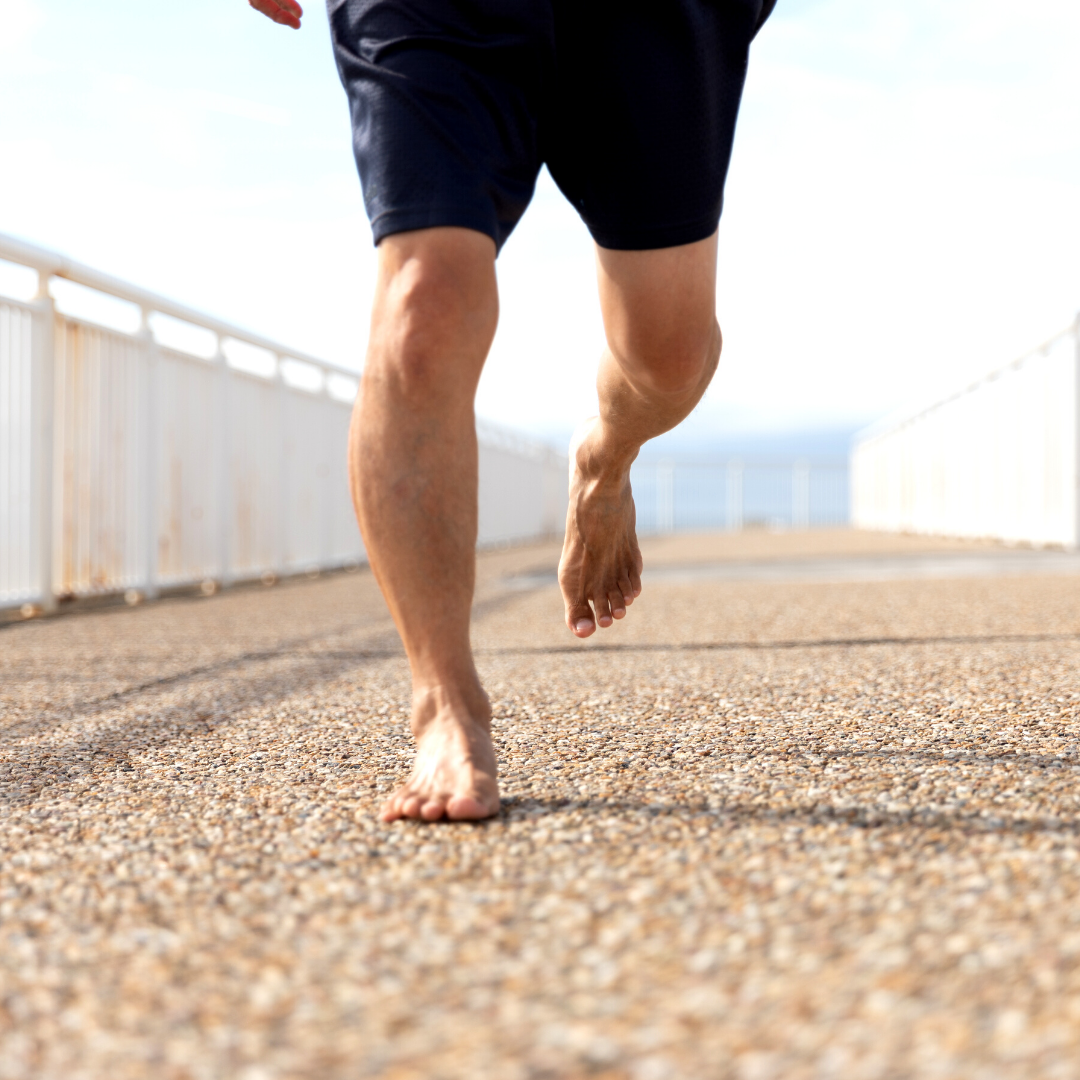Clearly, any treatment that makes patients with arthritis more comfortable and functional while obviating the need for surgery is beneficial, but more data is necessary before everyone starts hopping on a plane to Germany.
This week Alex Rodriguez became the latest big-name athlete to travel to Germany for injections into his knee. Kobe Bryant and other athletes had gone before. The question is why? Orthokine therapy was invented there by an orthopedic surgeon and a scientist as a way to treat patients who have arthritis in their joints.
Arthritis, by definition, is a chronic process referring to the degeneration of cartilage in joints. Cartilage typically covers the ends of bones and allows them to glide smoothly against one another. An example is in the knee where the ends of the femur (or thigh bone) and tibia (“leg bone”) are coated with cartilage. As the cartilage wears away, the bone underneath is exposed, which can be painful and cause symptoms such as swelling, clicking, locking, and/or giving way in the knee. Clearly, this is extremely detrimental in high-level athletes.
Typically, treatments for arthritis start with conservative options such as anti-inflammatory medications and strengthening programs. Injections may help, though eventually, depending on the degree of arthritis, patients may need surgery to treat their pain. Clearly, getting patients better without surgery is beneficial. To that end, in addition to cortisone injections, which have been used for years, newer options such as viscosupplementation, platelet-rich plasma (PRP), and now, orthokine therapy have been added to the armamentarium to combat arthritis.
Orthokine therapy is similar to PRP in the sense that both procedures involve taking blood from a patient to isolate certain factors that promote healing and/or decrease inflammation. Orthokine therapy is a bit more involved in that the blood is placed in an incubator for several hours in an ampule that contains proteins to stimulate the blood to produce healing factors.
One of these factors is an antagonist to a protein called IL-1 and has been associated with the development of osteoarthritis. By blocking IL-1, patients may feel less pain and develop less swelling in the affected body part.
A benefit of the injection is that it is administered directly to the area of injury. In A-Rod’s case, his knee. This allows the isolated proteins to work in the area where they are needed most. Anecdotally, Kobe Bryant and other athletes report good results after receiving the treatments.



